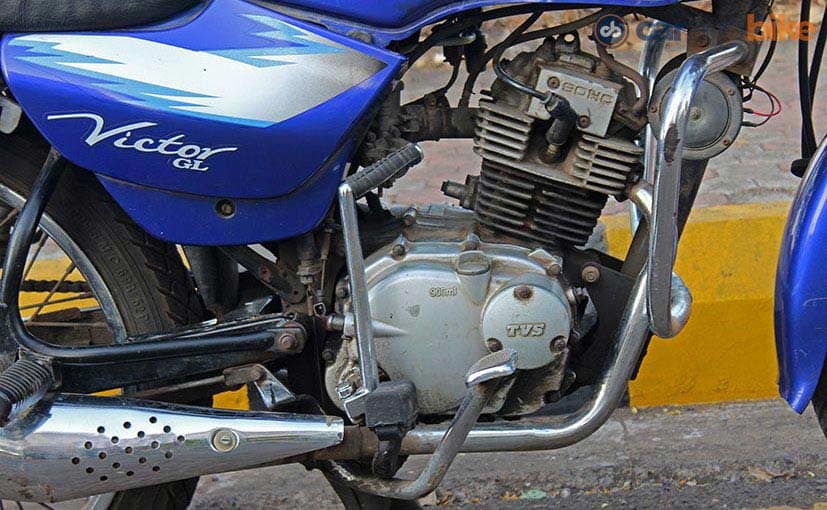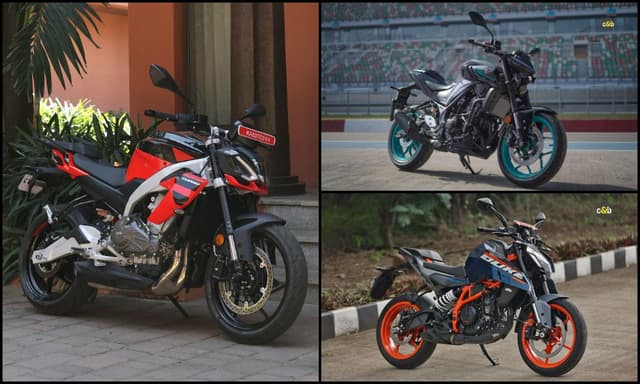What To Do When Your Two-Wheeler Is Submerged In Flood Water

Highlights
- Waterlogged roads can lead to challenges for two-wheeler riders
- A two-wheeler that has been submerged in floodwater can be repaired
- A look at 5 important things to do for a submerged two-wheeler
Floods in India have become quite common across major cities, and even in semi-urban and rural areas, which experience flooding during the monsoon almost every year. Sometimes it's due to heavy rains, while on other occasions it's due to some other natural calamity like - Cyclone Tauktae or Cyclone Yaas. And there are huge damages to property every single time, including of cars and two-wheelers. This year's monsoon has been particularly harsh in Maharashtra, and while Delhi hasn't seen much in terms of rainfall, one single day of heavy rain has led to waterlogged streets on the national Capital. The monsoon is far from over though, and if your two-wheeler gets submerged in floodwaters, here are a few tips to help you out.
1. Don't Start It

Even if it looks dry from outside, muddy floodwater may have entered various parts of the two-wheeler, including the engine, so do not attempt to start the two-wheeler.
If you know your vehicle has been submerged in water, do not attempt to start it. Flood water may have entered the electrical systems, the exhaust, intake, wheel bearings, brakes, and, of course, the engine itself, and can damage your vehicle if it's started. Even if it looks dry from outside, muddy floodwater may have entered various parts of the vehicle, which can cause more harm when you crank the starter and attempt to start the engine.
2. Disconnect The Battery

If possible remove the entire battery and let the service centre personnel or your mechanic assess it
The second step is, disconnect the battery. Even if the motorcycle is not running, or the ignition is switched off, it's wise to disconnect the battery at the terminals to prevent electrical grounding. This is more important if you have a premium or tech-laden two-wheeler in which the battery continues to supply electricity to auxiliary systems and sensors. If possible remove the entire battery and let the service centre personnel or your mechanic assess it.
3. Remove The Spark Plug

If your motorcycle or scooter has been submerged, and you suspect that water has entered the engine, then apart from the battery, also remove the spark plug. If not removed, the threads of the spark plug may corrode, if left unattended for long periods, and it may be more difficult to remove later on if mud has entered and solidified. The basic tool kit provided with your two-wheeler usually will have a spark plug spanner in it.
4. Drain The Water

If you find water draining from the exhaust or the spark plug cavity, then take it to your nearest mechanic
Try and drain all the flood water that might still be inside your two-wheeler. In scooters, the areas under the footrest will likely have water if it was submerged in water. If you have tools and the know-how, then you can do it yourself. Ensure that you wash and dry the panel covers before putting them back. If you have a lightweight vehicle, you can also take help from a couple of people and tilt the vehicle on either side and also pick up the front wheel to check any water that may have gone inside the exhaust pipe. If you find water draining from the exhaust or the spark plug cavity, then take it to your nearest mechanic.
5. Get Professional Help

Take your vehicle to the nearest mechanic or service centre by either pushing it or towing it, and let the professional do their job
Despite all tips and tricks that you might know, it's best to take professional help. Take your vehicle to the nearest mechanic or service centre by either pushing it or towing it, and let the professionals do their job. They are trained for such things and can be your best option to save your two-wheeler. Older vehicles that still use a carburetor can still be easily saved because there's no ECU and fewer electronic parts to worry about. Newer, fuel-injected motorcycles or scooters may need more serious attention from professionals.














